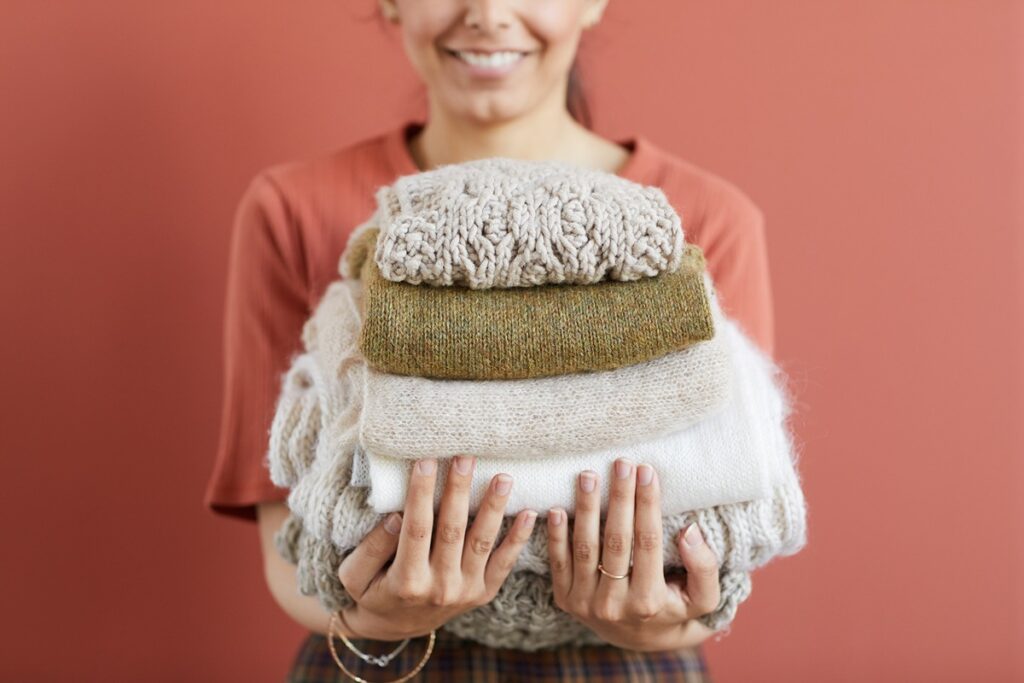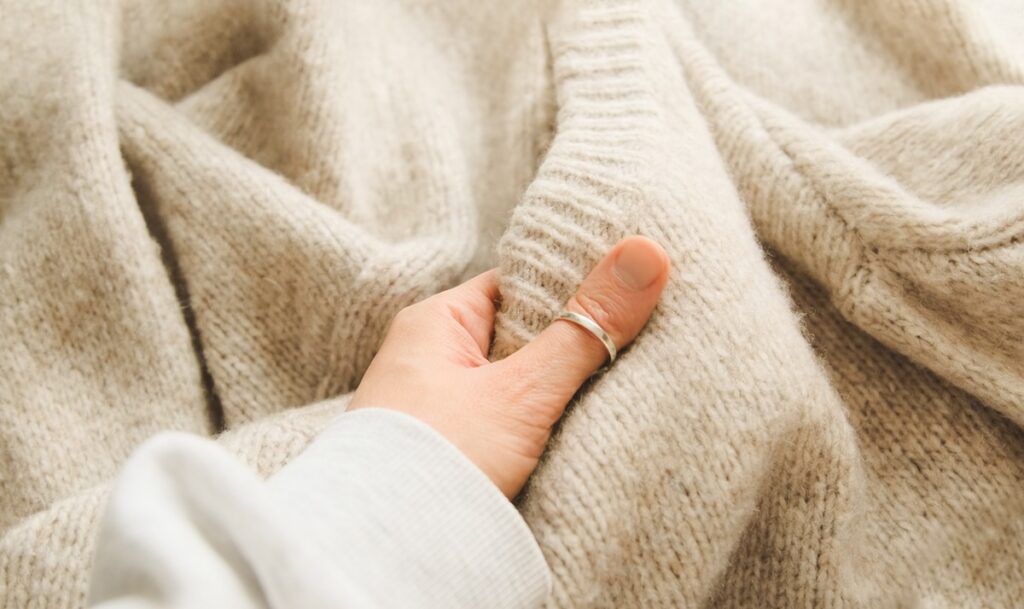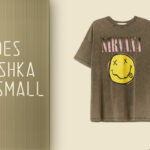Wool is an animal fiber that’s been used for various purposes for thousands of years. It’s considered an important textile in many industries thanks to its amazing properties and benefits.
Anyway, the purpose of this article is to dispel one common misconception about wool and that is that this textile is only used for making clothes.
Well, undeniably, it’s particularly significant and popular in the clothing industry, but this type of knitted fabric is also used for many other functional purposes.
So, the main question arising here is: What are the main uses of wool? Let’s move on to the answer:
Key Takeaways
- Wool is a natural textile that has a variety of uses.
- It’s primarily used for making clothes, but it’s also used for making bedding, felt fabrics, crafts, and carpets.
- Other surprising uses of wool include layering cloth diapers, insulation, and fertilization.
- Wool is one of the most preferred textiles in the clothing industry due to its amazing properties.
- Unlike some other natural fibers or synthetics, wool is widely known for offering many benefits.
What Purposes Is Wool Mainly Used For?

Wool is mostly used for manufacturing clothes, winter clothing accessories, bedding, upholstery, craft, carpets, cloth diapers, and even as an insulation and a fertilizing agent.
So, you might be wondering now how come that wool has so many uses. Well, the reason why this fabric is so versatile is that it’s a natural animal-based textile fiber that has many amazing features and benefits.
I’ll talk more about these properties later in this article, but now let’s further explain its usage.
You can also find out If you can iron wool?
9 Main Uses Of Wool
Clothes
The most common answer you’ll get if you ask someone “What are the main uses of wool?” is undeniably clothes.
I believe there’s no such person whose wardrobe doesn’t include cardigans, vests, coats, pants, dresses, activewear, tights, socks, and even underwear made of wool.
The reason wool is so commonly used for making clothes, especially winter clothes, is that it can adapt to the thermal changes happening in your body, thereby controlling your body temperature.
Namely, this textile is resistant to water thanks to its lanolin coating. If it soaks up water or another liquid less than 30 percent of its weight, it still won’t feel damp thanks to its moisture-wicking properties.
Additionally, wool fibers keep your body warm as they release heat once they absorb moisture.
Thanks to these properties, wool is also commonly used for making summer garments. For instance, wearing a lightweight, soft wool T-shirt during a workout on a hot summer day will not only provide comfort, but it’ll keep your body cool and most importantly dry because the wool will soak up the moisture and wick it away from your skin.
Another reason wool is a quite preferred textile in the garment industry is that it’s known for being wrinkle-resistant. And who doesn’t like wearing clothes that don’t require ironing?
And last but not least, wool is so commonly used for making clothes thanks to its modest hypoallergenic and elastic properties.
Winter Clothing Accessories
Wool fibers provide comfort and warmth, which is why this fabric is the most popular when it comes to manufacturing winter accessories, such as hats, beanies, balaclavas, headbands, shawls, scarves, and gloves.
Bedding
There’s nothing better than when you curl up under a soft, warm, and cozy blanket on a cold winter day, isn’t it? So, it’s no wonder that wool is one of the most commonly used fabrics for making bed sheets, blankets, duvets, and comforters. Being made of wool, these items are soft to the touch, provide warmth and comfort, and in the summer, they keep you cool.
Upholstery
Wool is used for making felt, which is used for manufacturing hats, mittens, slippers, boot linings, bags, and insulating garment linings, such as the one used for making firefighters’ uniforms.
Moreover, wool-based felt fabrics are very commonly used for furniture upholstery and manufacturing other household items, such as cushions, curtains, pillows, and even wallpapers.
Craft
Whether it’s knitting, creating embroideries, crocheting, making pom pom crafts, quilting with wool, or creating any other piece of art that requires wool yarns and a needle, wool is one of the most favorite fabrics of people who enjoy practicing these hobbies.
Crafting with your kids using wool is a great way to get them acquainted with this versatile textile.
Carpets
If you’re looking for a stain-resistant, high-quality, durable carpet that’s easy to maintain, has lasting colors, and is not prone to tearing, just get yourself a wool carpet as it perfectly matches this description.
Cloth Diapers
Yes, you read that right – cloth diapers, and there’s a sound reason for that. Namely, the outer surface of wool fibers is resistant to water, whereas their interior absorbs water. So, by using cloth diapers layered with wool for your toddler, you protect their other garments from getting wet.
Insulation
Coarse wool fibers are great for insulating garments, carpets, and even walls. If you’re the type of person that prefers engaging in outdoor activities, then check the label of the clothes you usually wear when doing such activities, such as your puffer jacket, and you’ll most probably find that it has a wool filling.
Clothes with a wool filling are lightweight, breathable, and wick moisture away from your skin, thereby keeping you dry and warm, no matter the season or how much you sweat.
Additionally, this fabric is also often used for making soldiers’ and firefighters’ uniforms as it doesn’t melt and release toxic odors and it prevents heat transfer- it distinguishes itself instead. In fact, it can only burn when heated to over 500 °C.
Fertilization
Even your garden can benefit from this material. Many people use wool to make compost and mulch since it’s bio-degradable, absorbs water and other liquids, and enriches these materials with sodium and calcium.
So, now let’s see why this textile occupies such an important place in so many industries.
What Are The Benefits Of Wool?

It’s Biodegradable
Unlike synthetic materials which take many years to degrade, wool takes around 4 months to break down. Of course, it may take it longer than that based on its type, the climate, and the soil.
However, even when it decomposes, it enriches the soil with magnesium and nitrogen that are then absorbed by plants.
It’s Elastic
This material has modest stretch properties, which is why your wool sweaters or tights stretch according to your body but then easily restore their original size and shape. Its elastic properties are also the main reason why this material is so durable.
So, if you’ve ever wondered why, unlike other types of clothes, your wool clothes tend to deform or sag less, now you know the reason.
It Adapts To Thermal Changes
I believe this feature is the main reason most of us have our wardrobes cramped with wool garments. Such clothes simply keep you cool and dry during the summer months and warm during the winter ones.
It Serves As An Insulation Material
We already saw that insulating certain garments and uniforms as well as carpets and walls are one of the most common uses for wool.
It’s Easy To Take Care Of
Unlike most synthetic fabrics, wool fabrics tend to collect less dust and get stained less. Moreover, you can wash such fabrics by hand or toss them in the washer and then in the dryer.
Other important benefits of wool, which I’ve discussed in the previous sections, are that it’s natural, fire retardant, absorbent, breathable, and it wicks moisture away from your skin.
Also Read: The Finest Printers For Heat Transfer Paper
Final Words
In this article, I’ve tried to answer as best as I could the question “What are the main uses of wool?” It’s evident that it’s one of the most versatile materials that has plenty of uses.
Additionally, wool is biodegradable, elastic, absorbent, moisture-wicking, fire retardant, and easy to maintain, and these features are just a few of the many benefits wool offers.
Thanks to these benefits, wool is one of the most common and preferred fabrics used for manufacturing clothes, other fabrics, and many items used in the household.
Sewing is definitely one of my biggest hobbies. I’ve been doing it since i was young, thanks to my mother. I specialize in sewing, and that’s what i mostly write about.



